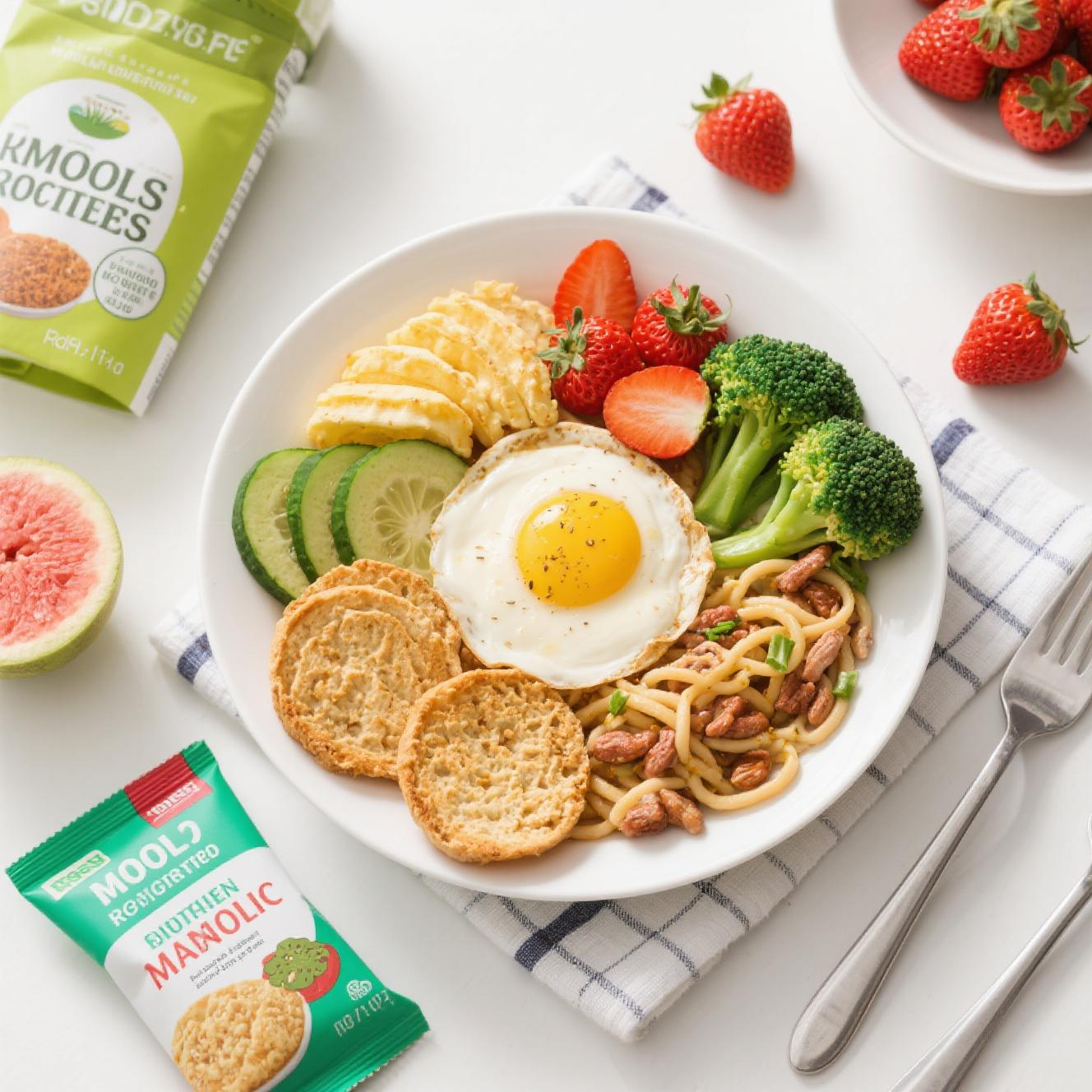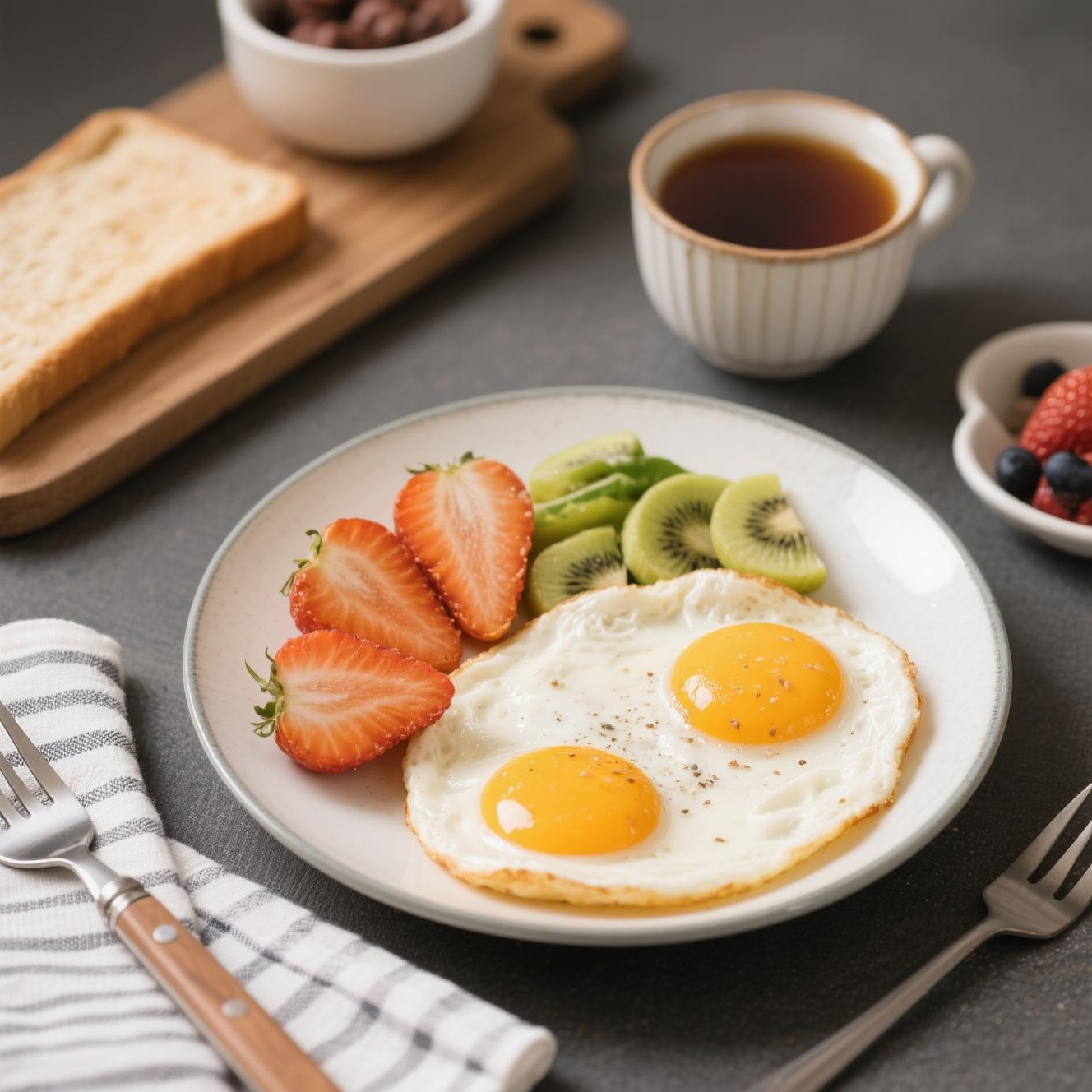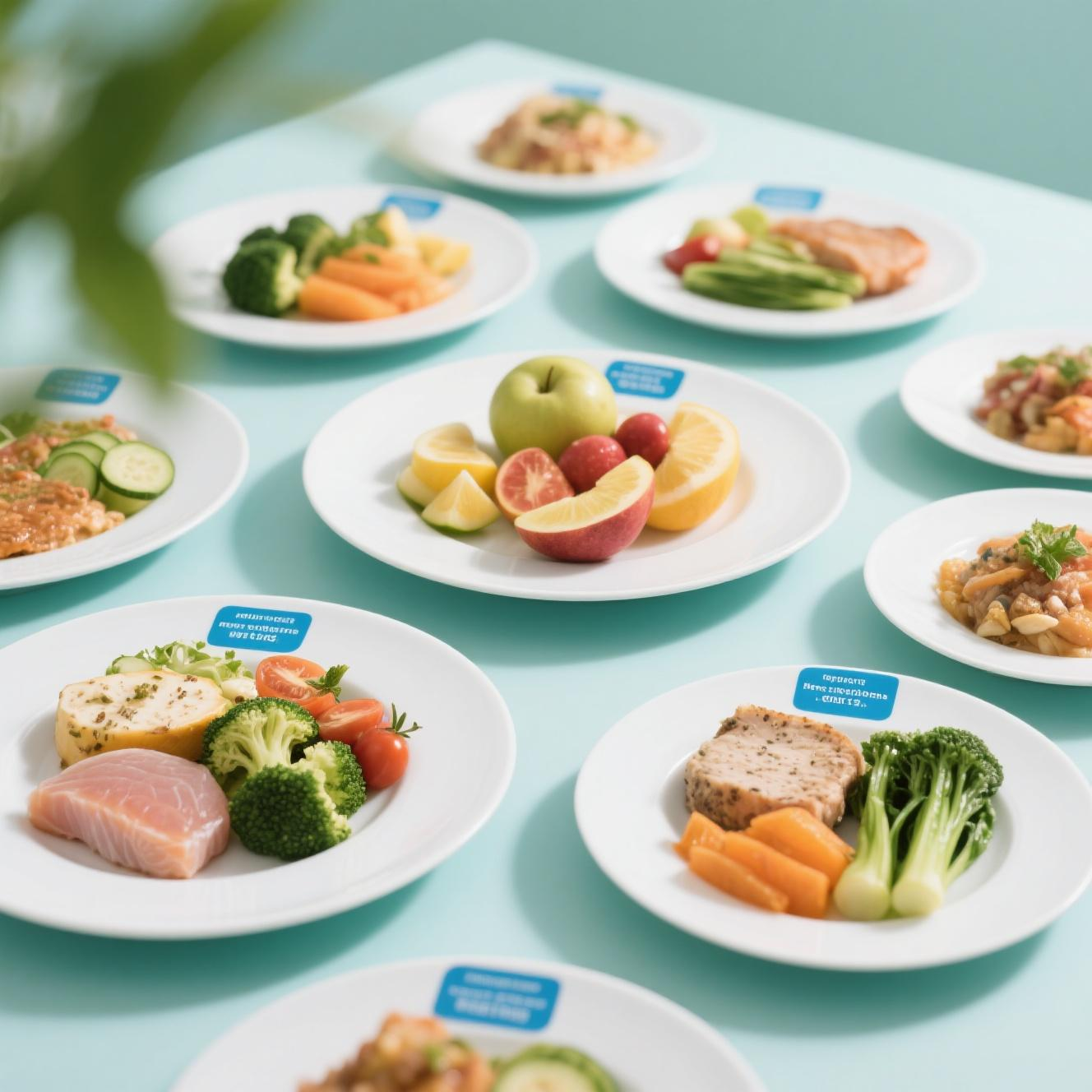Every January, Mia promised herself the same thing—this year, she would finally clean up her diet, lose the extra weight she carried since college, and commit to the gym. But by mid-February, she’d usually given up. The salad kits wilted in her fridge, the protein shakes sat half-full on her kitchen counter, and UberEats knew her by name. It wasn’t for lack of trying—she simply didn’t have a roadmap that made healthy eating both satisfying and sustainable.
That changed the day she stopped punishing herself with bland, low-calorie meals and started treating her fitness meal plan like a celebration of her body, not a restriction. What followed was a shift that began with just one week of thoughtful, delicious, and calorie-smart meals. It wasn’t about eliminating carbs or skipping dinner. It was about balance, taste, and a bit of creativity in the kitchen.
Crafting a fitness meal plan that’s both low in calories and rich in flavor doesn’t require a culinary degree or a personal chef. It just needs a little planning and a pinch of curiosity. Take the first meal of the day, for example. For years, Mia thought breakfast had to be either a sugar bomb or skipped entirely. Then one morning, she whipped up scrambled egg whites with baby spinach, cherry tomatoes, and a spoonful of cottage cheese. The result? A protein-packed, fiber-rich breakfast under 300 calories that kept her energized until lunch. Not to mention it felt indulgent enough to look forward to.
Lunches didn’t need to be boring either. She began prepping grilled chicken quinoa bowls with roasted red peppers, lemon zest, and a tahini drizzle. These bowls were colorful, filling, and Instagram-worthy. More importantly, they gave her the nutrients she needed without the bloated, sluggish feeling that heavy midday meals often brought. Incorporating superfoods like quinoa, avocado, and kale boosted her energy, improved digestion, and yes, even her skin started to glow.
Dinner became less about deprivation and more about nourishment. On days when she craved something hearty, she turned to zucchini noodles tossed in a light basil pesto, sprinkled with grilled shrimp. It was comforting, satisfying, and didn’t weigh her down before bed. The trick, she realized, was focusing on lean proteins, healthy fats, and low-glycemic carbs—all keywords that are darlings of the high CPC universe, because they reflect exactly what wellness seekers are Googling.
But a successful low-calorie meal plan doesn’t just hinge on macros and measurements. It’s about satisfaction, and snacks played a surprising role in Mia’s transformation. Gone were the days of dry rice cakes and flavorless protein bars. Instead, she discovered Greek yogurt with berries, air-popped popcorn with nutritional yeast, or apple slices with almond butter. These weren’t just lower-calorie options—they were satisfying, balanced snacks that kept her from diving into a bag of chips at 10 PM.
Hydration, too, became a quiet hero in her fitness journey. Drinking water throughout the day helped curb mindless eating and gave her skin a noticeable boost. Sometimes she added slices of cucumber or lemon for a spa-like twist. And when she needed a bit of caffeine, she swapped sugary lattes for green tea, reaping the metabolism-boosting benefits while skipping the sugar crash.
One misconception Mia had to unlearn was that low-calorie automatically meant flavorless. But when she experimented with herbs and spices—cumin, turmeric, garlic, chili flakes—her meals took on a whole new personality. She learned to roast cauliflower with paprika until it was smoky and crispy, to bake salmon in foil with dill and lemon, and to stir a dash of cinnamon into her morning oats for natural sweetness without the sugar spike. It wasn’t just cooking; it was a creative outlet.
Meal planning, once a chore, became a weekend ritual she genuinely looked forward to. She’d spend Sunday mornings sipping coffee while scrolling through Pinterest for healthy recipes, building a grocery list full of fresh produce, lean meats, and pantry staples like brown rice and lentils. Walking into the week with prepped meals and ready-to-go snacks wasn’t just efficient—it gave her a sense of control in the chaos of her busy work life.
Even eating out, which used to feel like sabotage, became easier with this mindset. She learned to scan menus for grilled options, ask for dressings on the side, and build meals around veggies and protein. Sushi nights? She ordered sashimi and miso soup instead of tempura rolls. Taco Tuesday? She filled corn tortillas with black beans, pico de gallo, and grilled chicken, skipping the cheese but not the flavor. It was still fun, still social, and it didn’t derail her progress.
A lot of what made Mia’s week of eating work was the absence of guilt. She didn’t beat herself up when she had a piece of chocolate cake at a birthday party. Instead, she enjoyed it mindfully, knowing one slice wouldn’t ruin her momentum. This mindset shift—viewing food as fuel and pleasure, not a battlefield—was as transformative as the meal plan itself.
The beauty of a 7-day fitness meal plan is that it’s long enough to reset your habits, but short enough to feel doable. For those tracking their progress, it can align perfectly with goals like fat loss, improving gut health, or lowering blood sugar levels. And for those not obsessed with numbers, it’s a tangible way to show yourself some care. Whether you’re managing high cholesterol, dealing with PCOS, or simply trying to feel lighter and more energized, food is often the first medicine.

People sometimes scoff at low-calorie diets, equating them with celery sticks and sadness. But Mia’s journey proves otherwise. By the end of the week, she wasn’t just lighter on the scale—her mood had lifted, her sleep improved, and her afternoon energy dips disappeared. She laughed more, walked further, and even started dancing around her kitchen again. It wasn’t a dramatic overhaul. It was a return to basics, with a little extra flavor.
What truly changed wasn’t just her grocery list—it was her relationship with food. She began to trust her body more, to recognize true hunger, and to stop equating fullness with overindulgence. Her cravings for fast food slowly faded as she found joy in preparing meals that actually nourished her. Even her friends started asking what she was doing differently—her skin looked clearer, her eyes brighter. And the answer was as simple as it was profound: she was finally feeding herself with intention.
Now, whenever Mia hears someone mention the phrase “low-calorie fitness meal plan,” she smiles. She knows it doesn’t have to be a sentence—it can be a springboard. With just a bit of planning, a handful of fresh ingredients, and a whole lot of self-respect, anyone can reclaim their plate. Not as a punishment, but as a delicious, empowering act of self-care. And it all starts with one well-planned week.




